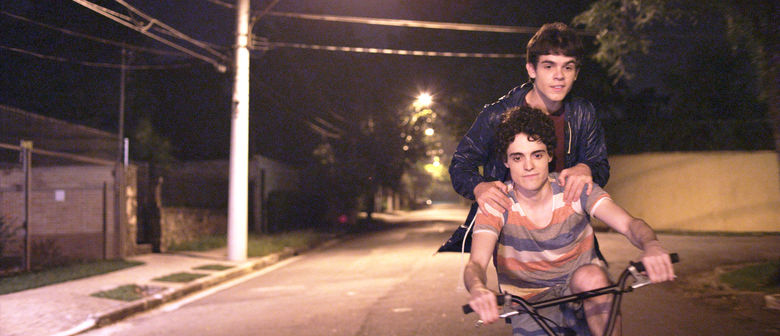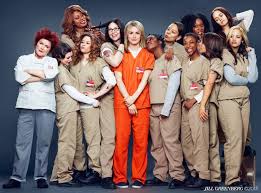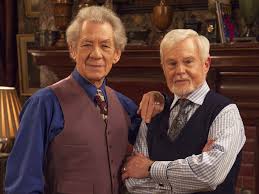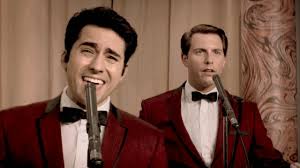This is definitely a must-see for movie buffs.
Life Itself is Steve James’s insightful and inspiring look at the life of beloved movie critic Roger Ebert, and large swaths of the film are a delicious romp for cinephiles.
There are a lot of moving parts here.
The documentary covers Ebert’s early life, including the beginning of his newspaper days, his role in democratizing film criticism, his rocky ascendency to the dual (dualing!) thrones (one shared by Gene Siskel) of television’s top movie critics, his personal struggles quelled by sobriety and happy marriage, and his final battle with cancer.
Most fascinating to me are peeks into his writing process (could have gone a bit deeper here), glimpses of the historical context of the emergence of film criticism and ways that technology has influenced the craft, his combative partnership with Gene Siskel (fascinating), and stories about how Ebert has influenced the careers of filmmakers, represented in the film mainly by Martin Scorsese, Ava DuVernay, and Winston-Salem’s own Ramin Bahrani.
Ebert was a complicated man, and Life Itself shows him at his best and (perhaps) at his worst, which makes the film crackle with dramatic intensity at times.
I also appreciate James’s treatment of the love story of Ebert and his wife Chaz, which is revealed mostly in little moments, yet their connection towers as the grounding force after sobriety that gives him peace and a new type of purpose forged through family connections.
There are places where some of the stories – especially those shared by cronies from the early days – get a little long in the tooth and some of the questioning about Chicago detracts from more central narrative themes, though it is easy to see how these stories of place resonate with James, who has his own deep connections to the city.
And, while the observational sequences depicting Ebert’s resolve and impetus to work despite health setbacks near the end of his life are important for context, some of them impinge on the pacing of the film and feel, at times, a bit redundant.
The fact that some streamlining would have helped the flow of the film does not diminish the importance of Life Itself and should not dissuade viewers from taking a look.
I love the movies, I love Roger Ebert, and I love this new film by Steve James.








